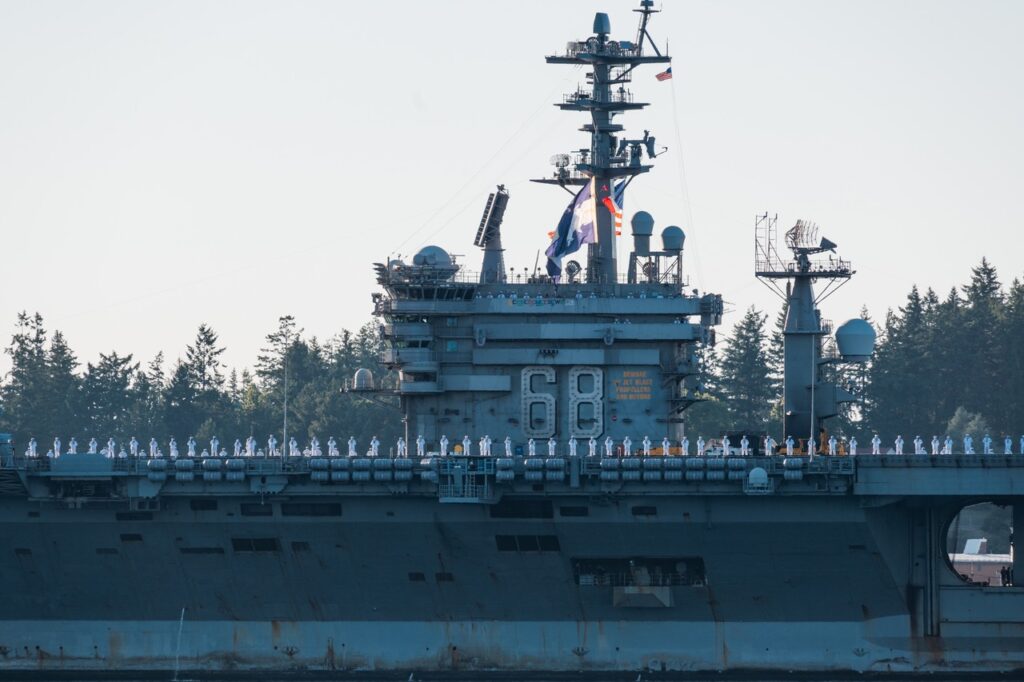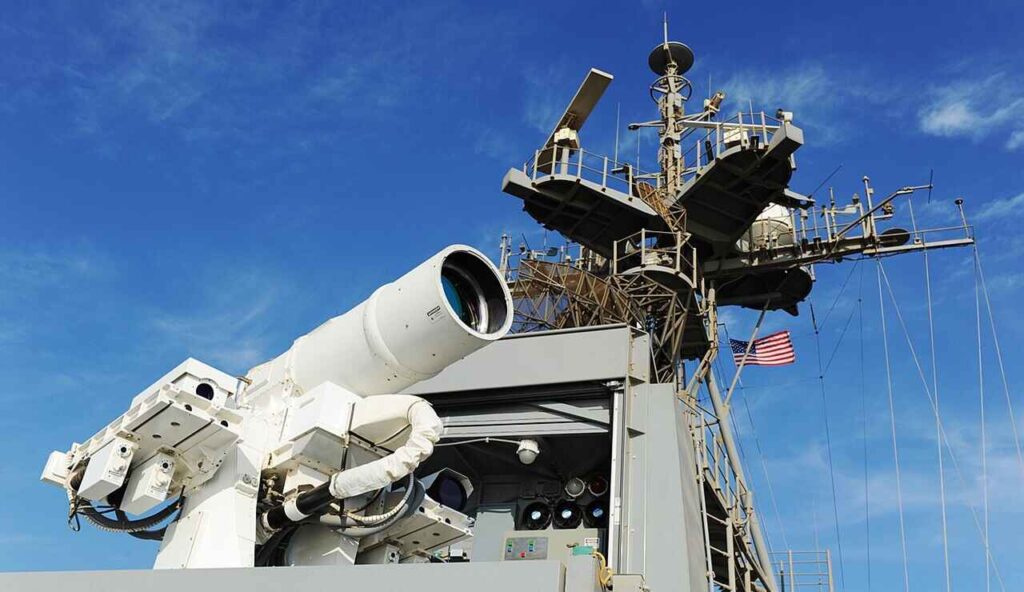Here’s What You Need to Know: The Marine Corps Ground-Based Anti-Ship Missile is supposed to be able to conduct a disaggregated, multi-domain mix of combat tactics and variables to include advanced maritime, air and land-based operations.
For years, Navy ships have been able to attack and destroy enemy ships from the ocean with surface-fired anti-ship missiles. Unfortunately, launch points have little flexibility, which makes it difficult to establish the element of surprise.
Now, in keeping with the Pentagon’s fast-evolving multi-domain warfare strategy, the Marine Corps has acquired a weapon aligned with its ongoing strategic initiative to develop a land-based anti-ship missile.
The Marine Corps’ Long Range Fires program office has acquired the Navy Marine Expeditionary Ship Interdiction System (NMESIS), a ground-based anti-ship missile able to support amphibious operations and land-to-sea attacks. Interestingly, the Navy and Marine Corps have been working with the Army to explore the use of Army land-based munitions as weapons able to attack ships at sea. A senior Army weapons developer told the National Interest that it does not matter if a target is over the ocean, “we can still fire at it and attack from land.” These kinds of efforts include using land-fired rockets and artillery to target and destroy maritime targets. NMESIS, which is a ground-fired Naval Strike Missile, is the first full application of its Ground-Based Anti-Ship Missile (GBASM) program.
“While the GBASM requirement can encompass multiple materiel solutions and systems under the GBASM requirement, NMESIS is the first system for the Marine Corps providing that ground-based, anti-ship missile capability,” Joe McPherson, the program manager for Long Range Fires at MCSC, said in a press statement.
The Marine Corps GBASM is supposed to be able to conduct a disaggregated, multi-domain mix of combat tactics and variables to include advanced maritime, air and land-based operations. It even makes possible newer kinds of land-sea “island-hopping” amphibious attacks wherein Marines and even heavy weapons transport and transition quickly from sea to shore and back quickly.
“Everything our adversaries have designed over the last 20-30 years are intended to counter [the DOD’s] ships and aircraft,” McPherson said in the press statement. “The Marine Corps bringing a ground-based solution complicates [the adversary’s] ability to counter our anti-ship capabilities since ground-based launchers, as we’ve found in previous wars, are hard to find. This is what NMESIS brings to the fight—a launcher that is survivable inside the enemy’s weapons engagement zone.”
The NMESIS effort clearly seems to introduce advantages for amphibious warfare and may be transported by the Marine Corp’s now-in-development “island-hopping” Light Amphibious Warship (LAW). The LAW is a mobile, littoral, amphibious warfare-oriented attack and transport system for Marines and weapons systems, the kind of platform of particular value should there be a need to set up land-fired weapons on islands or coastal areas as part of a maritime operation.
Kris Osborn is the defense editor for the National Interest. Osborn previously served at the Pentagon as a Highly Qualified Expert with the Office of the Assistant Secretary of the Army—Acquisition, Logistics & Technology. Osborn has also worked as an anchor and on-air military specialist at national TV networks. He has appeared as a guest military expert on Fox News, MSNBC, The Military Channel, and The History Channel. He also has a Master’s Degree in Comparative Literature from Columbia University.
This article first appeared in September 2021 and is being republished due to reader interest.
Image: Reuters.



